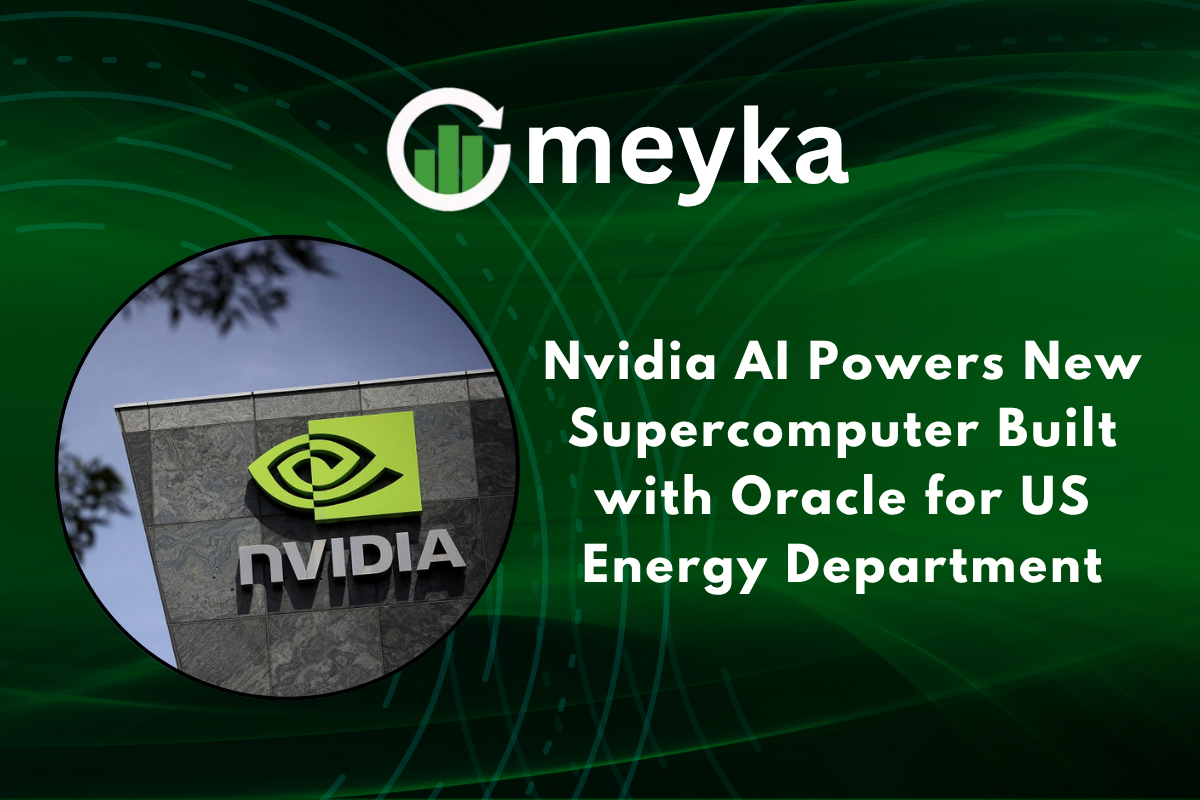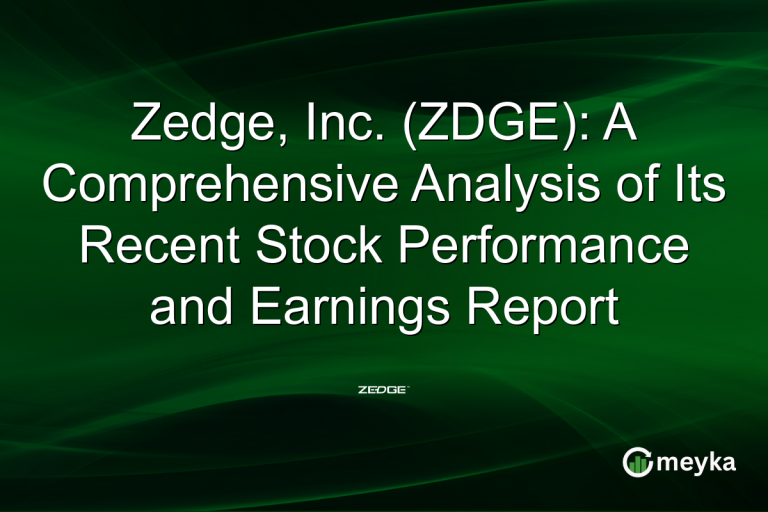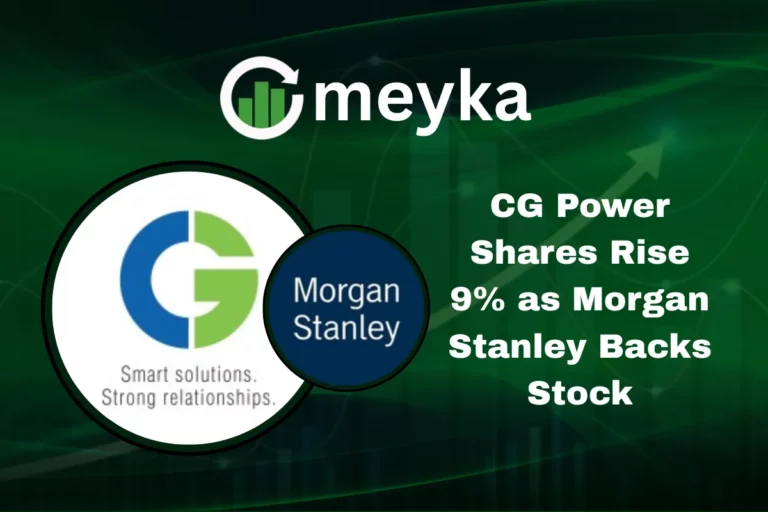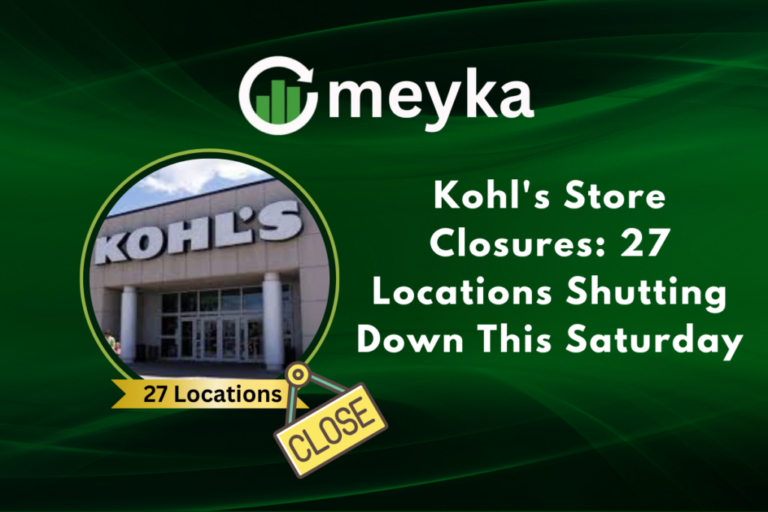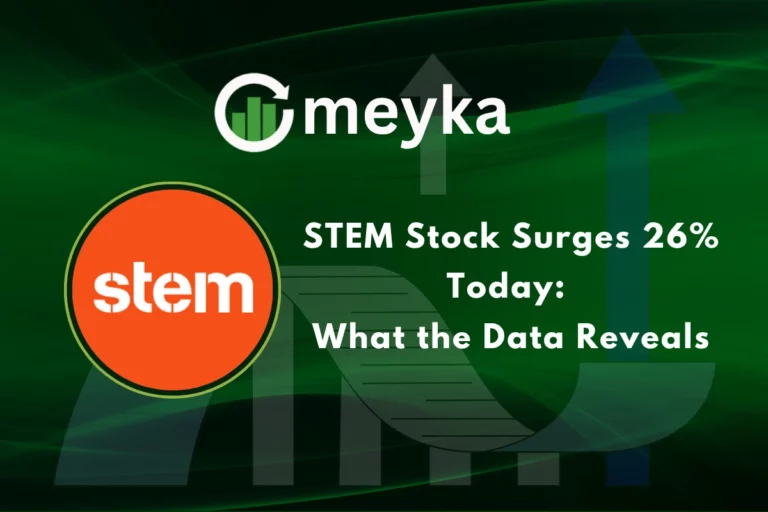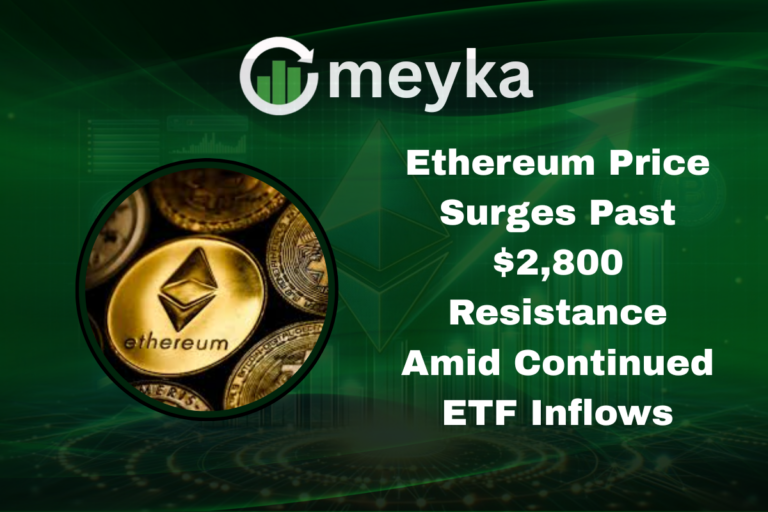Nvidia AI Powers New Supercomputer Built with Oracle for US Energy Department
Nvidia AI is at the center of a major government-industry project announced this week. The U.S. Energy Department will get new AI supercomputing power through a partnership with Nvidia and Oracle. This move aims to speed scientific research and keep the US competitive in AI-driven discovery.
Nvidia AI and the DOE Partnership
Nvidia AI will help build the DOE’s largest AI supercomputer, named Solstice. Solstice will include 100,000 Nvidia Blackwell GPUs, built in partnership with Oracle and Nvidia to serve national labs and researchers.
What is Solstice?
Solstice is an AI supercomputer partnership that links cutting-edge GPUs, Nvidia networking, and cloud infrastructure. It is designed to run large-scale model training, AI reasoning, and scientific computing for the DOE. The machine will support frontier models and open-source tools for researchers.
Why is this important? Because tools powered by Nvidia AI can shorten the time from idea to discovery in labs across the US. Scientists can train bigger models faster and test more ideas in less time.
Nvidia AI Powers Solstice: The Details
The plan also includes another system called Equinox, with 10,000 Nvidia Blackwell GPUs, expected to be available in 2026. Equinox and Solstice will be hosted at Argonne National Laboratory and connected for shared scientific work.
How will researchers use it?
Researchers will use these systems to train AI-driven models for climate science, materials discovery, energy systems, and national security. The DOE says the partnership will use the Oracle Cloud Infrastructure and on-site lab resources to meet demand.
What does this mean for the US? It means faster simulations, more accurate predictions, and stronger tools for national research goals.
Nvidia AI Technical Tools
Nvidia AI will bring software and networking to the lab. Nvidia will provide tools like Megatron Core for model training and NVQLink to connect quantum processors to supercomputing labs. These tools let researchers mix AI, simulation, and quantum tests.
Will this help scientific breakthroughs?
Yes. By giving labs shared, powerful compute, scientists can run bigger experiments and do more tests. The DOE calls this approach a way to create agentic scientists and boost R&D productivity across disciplines.
Nvidia also plans to support Megatron Core, an open-source library for training large models. Open tools help labs share methods and reproduce experiments. This open approach aims to make discoveries more transparent and faster to verify.
Nvidia AI: Partnership Model and Speed
The DOE has embraced a new public-private partnership model. Industry investments and shared use cases will help build and run Solstice. This model aims to move government projects at a faster pace.
How fast will labs get access?
Energy Secretary Chris Wright said the DOE will receive computing power as soon as next week. Some existing systems will be repurposed to give labs early access while Solstice is being built. This hybrid plan is meant to speed research now and grow capacity over time.
Nvidia AI: Oracle Cloud Infrastructure and Scale
Oracle will work closely with Nvidia and DOE to host parts of the infrastructure. Using Oracle Cloud Infrastructure helps combine on-site lab systems with cloud services. This lets labs scale compute when they need it and save costs when they do not.
Is the cloud safe for research?
DOE and partners say security and federal standards guide the design. The partnership will use proven cloud controls and lab safeguards to protect sensitive data. Shared systems will have clear rules about who can access what.
Nvidia AI: Quotes and Reactions
Nvidia CEO Jensen Huang spoke at GTC and urged American leadership in AI infrastructure. DOE officials praised the plan as a way to supercharge national research. Many scientists and industry leaders welcomed the deal as a major investment in scientific computing.
You can see Nvidia’s announcement on social media:
Reuters also posted timely coverage:
Nvidia AI: National Labs and Network
Argonne will host Solstice and Equinox and link to other DOE labs like Los Alamos. Los Alamos will run special systems built by partners such as Hewlett-Packard Enterprise for mission work. Systems at Los Alamos include the Vera Rubin platform and Mission and Vision systems.
The Mission machine will support the National Nuclear Security Administration’s work and is expected in later years.
Who benefits?
University scientists, DOE researchers, and industry partners will all gain access. The partnership aims to let public research dollars support shared AI resources for many teams to use.
Argonne will also host additional Nvidia-based systems named Tara, Minerva, and Janus to help researchers run experiments and explore new models. These systems will act as specialist platforms for different scientific tasks.
Nvidia AI: Risks and Oversight
Experts say oversight matters. The DOE will need clear rules for data access, model safety, and secure use. Public-private deals need strong contracts and transparency to protect sensitive science.
Will there be checks and balances?
DOE officials say they will manage access and safeguard data. The model includes contracts, security standards, and lab oversight to reduce risk while enabling wide scientific use.
Nvidia AI: Use Cases and Impact
Nvidia AI systems will help with real-world problems. Labs can run high-resolution climate models to predict extreme weather. They can search for new battery materials that charge faster and last longer. They can also speed drug discovery and design safer energy systems for the grid.
Who else gains?
Smaller research teams and startups may get access through shared programs. That can lower the barrier to entry for AI-driven science and help new ideas grow into useful technology.
Nvidia AI: Looking Ahead
This project ties together Nvidia AI, Oracle Cloud Infrastructure, and DOE labs in a single push to boost American AI and science. It also signals a broader shift: more public research will rely on industry partnerships to reach new scales.
What happens next?
Solstice construction will begin while labs get early access to computing power. Equinox will come online in 2026, and other Nvidia-based systems will support research at Argonne and Los Alamos. The coming months will show how fast labs can turn compute into discovery.
Conclusion:
Nvidia AI is now a central partner in a new era for DOE supercomputing. The partnership with Oracle and national labs aims to speed discovery, support national priorities, and build shared tools for science across the United States. Watch this space closely.
FAQ’S
The new AI supercomputer, named Solstice, is being built by Nvidia and Oracle for the U.S. Department of Energy to accelerate scientific research using advanced AI and GPU technology.
Nvidia AI will enable researchers to run massive simulations, train large models, and make faster discoveries in fields like climate science, clean energy, and materials development.
Oracle provides the cloud infrastructure (OCI) that connects DOE’s on-site supercomputers with cloud systems, allowing flexible, secure, and scalable access to AI computing power.
The DOE partnered with Nvidia AI for its Blackwell GPUs, proven performance in AI-driven workloads, and a strong track record in powering high-performance computing across national labs.
The DOE will get early access to computing power in late 2025, with full deployment of the Solstice and Equinox systems expected by 2026 to support large-scale scientific research.
Disclaimer
The content shared by Meyka AI PTY LTD is solely for research and informational purposes. Meyka is not a financial advisory service, and the information provided should not be considered investment or trading advice.
